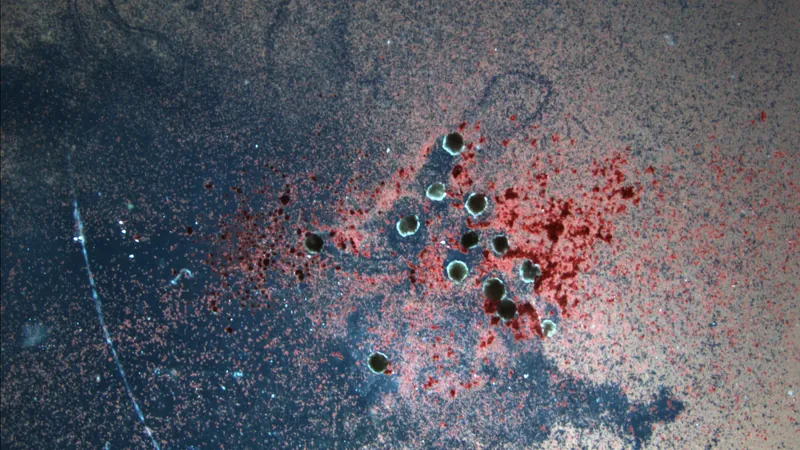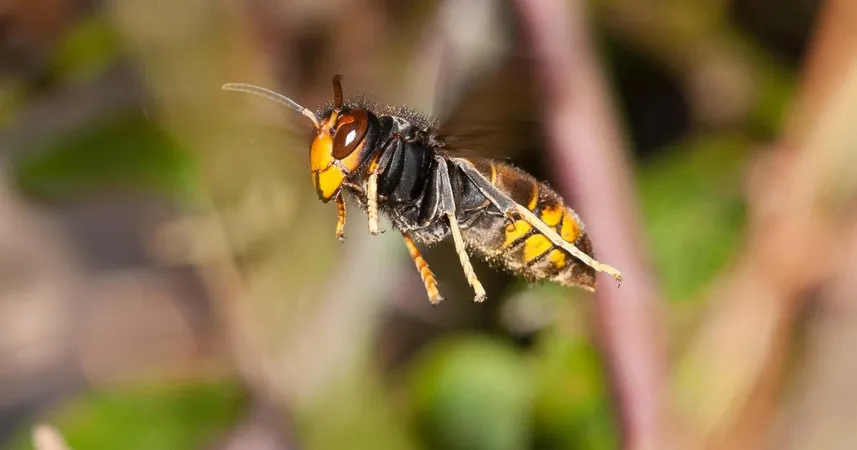
The Rise of Soft Technologies: A New Perspective on Innovation and Life
2025-03-31
Author: Benjamin
In 1747, shortly after steam-powered technology began transforming society, philosopher Julien Offray de La Mettrie introduced the idea of the human body as a complex machine in his work *L'Homme Machine* (Man a Machine). Fast forward to 1972, and biologist Efim Liberman advanced the concept of life as a system of information storage and processing in his paper “The Cell as a Molecular Computer.” Throughout history, technological advancements have shaped our understanding of humanity and the living world, creating profound implications for our social interactions and our relationship with nature.
The concept of technology is highly subjective and varies across different cultures and historical contexts. It is challenging to articulate a universally applicable definition of technology without considering these factors. Philosopher Yuk Hui has proposed the notion of the “ecology of technology,” advocating for a critique of the homogenization and universalism that often emerges in discussions of technological progress. Rather than viewing technology simply as human inventions, Hui suggests recognizing these artifacts as active participants in our ecosystem—intertwined with human culture and capable of evolving independently.
In stark contrast to dystopian views that see technology driving eco-collapse—often described by Peter Haff as the "technosphere"—the emerging narrative of technology is one of collaboration and regeneration. Today’s innovations are shifting towards "softness," characterized by biological and renewable materials that promote self-organization and sustainability.
The Meaning of Softness
But what does “softness” mean in this context? Softness is an experiential quality rather than a set characteristic of materials. It arises from our interactions with substances, such as feeling the pliability of clay when we mold it with our hands. This essence of softness involves both fluidity (how materials change shape over time) and plasticity (how they retain information from stimuli). Soft technologies blend these characteristics, paving the way for innovations that coexist with and harness natural processes rather than simply exploiting them.
Consider how indigenous cultures have traditionally merged hard and soft materials. In India’s Meghalaya, the creation of living root bridges demonstrates a harmony between technology and natural ecosystems. These bridges grow and repair themselves, embodying resilience and sustainability. Even materials typically considered “hard,” like rock, evolve through natural processes over time, illustrating the bigger picture of an interconnected ecosystem.
A Cultural Perspective on Hardness and Softness
Western society has often rejected softness, aligning it with weakness, while celebrating hardness as strength. Yet, this bias overlooks the significant roles that softer materials, such as textiles, have played throughout human history—often essential for survival and cultural development long before the advent of industrial materials. Archeological studies highlight a “missing majority” of perishable artifacts crucial to understanding our past, emphasizing the impact of softer materials.
The Future of Soft Technologies
As we move into a future increasingly shaped by soft technologies, the integration of biological components into robotics exemplifies this shift. The development of soft robots—flexible machines inspired by nature’s design—highlights a transformative transformation in technology. For instance, the Octobot, designed to mimic an octopus, operates entirely on chemical reactions, eliminating the need for traditional hard components. These emerging technologies hint at a more interconnected relationship between robotics and their environments, enabling responses to stimuli much like living organisms do.
But what’s next in the quest for technological evolution? The notion of “wetware,” where living neurons replace silicon in computing, opens the door to more sustainable forms of artificial intelligence. These biological systems exhibit remarkable adaptability and could redefine what we understand as intelligent behavior based on how they interact and process information.
Reimagining Agency and Governance
At the heart of these advancements lies a reimagined view of agency. Embracing fluidity and self-organization leads us to envision systems that support diversity and resilience. Softness serves as a metaphor, urging us to create more inclusive and sustainable models of governance and technological development. The future, therefore, lies in fostering multi-scale complexities that allow for collaborative growth in urban environments, art, architecture, and beyond.









 Brasil (PT)
Brasil (PT)
 Canada (EN)
Canada (EN)
 Chile (ES)
Chile (ES)
 Česko (CS)
Česko (CS)
 대한민국 (KO)
대한민국 (KO)
 España (ES)
España (ES)
 France (FR)
France (FR)
 Hong Kong (EN)
Hong Kong (EN)
 Italia (IT)
Italia (IT)
 日本 (JA)
日本 (JA)
 Magyarország (HU)
Magyarország (HU)
 Norge (NO)
Norge (NO)
 Polska (PL)
Polska (PL)
 Schweiz (DE)
Schweiz (DE)
 Singapore (EN)
Singapore (EN)
 Sverige (SV)
Sverige (SV)
 Suomi (FI)
Suomi (FI)
 Türkiye (TR)
Türkiye (TR)
 الإمارات العربية المتحدة (AR)
الإمارات العربية المتحدة (AR)